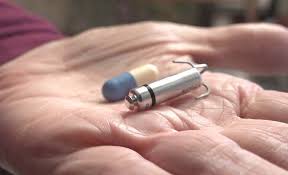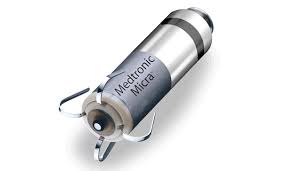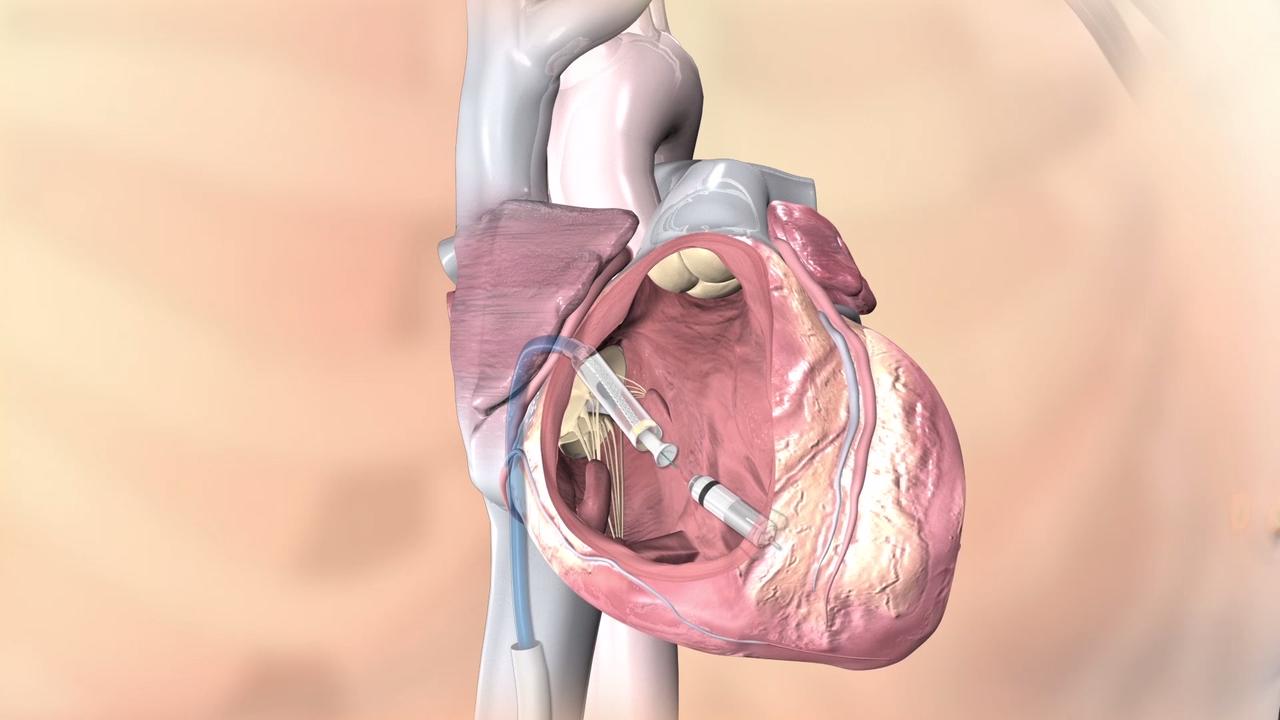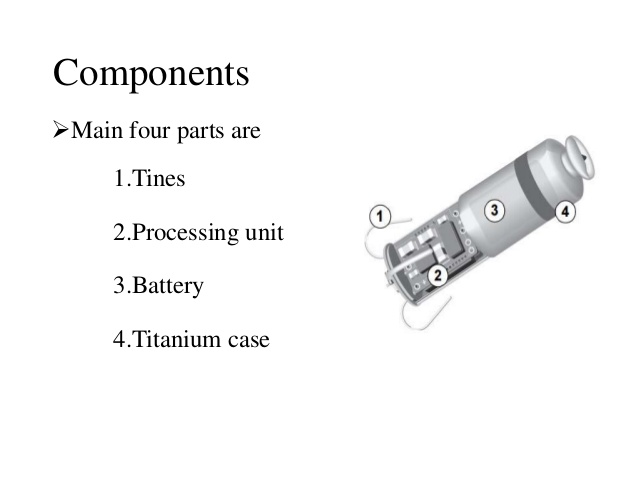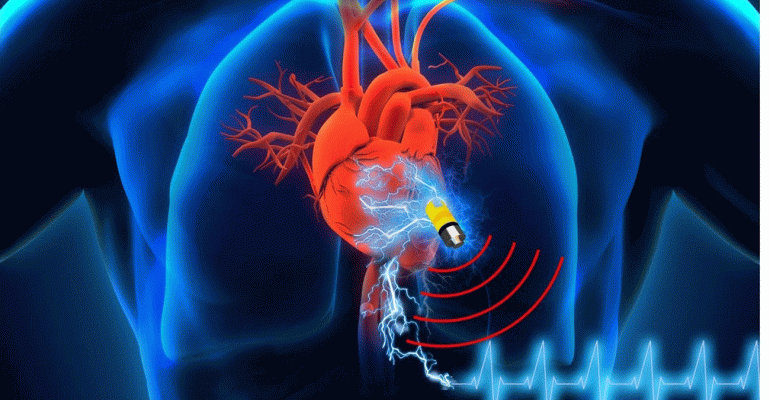
Pacemaker
Pacemakers
Procedure Time: Usually 60 mins
A pacemaker is a small, electrically charged medical device implanted in the left shoulder area to help manage slow heart hearts (and other irregular heartbeats called arrhythmias.)
Modern pacemakers have two parts. One part, called the pulse generator, contains the battery and the electronics that control your heartbeat. The other part is one or more leads (or wires) to send electrical signals to your heart. Leads are small wires that run from the pulse generator to your heart.
Pacemakers generally treat two types of arrhythmias:
bradycardia, a heartbeat that’s too slow
Why do I need a pacemaker?
You need a pacemaker if your heart is pumping too slowly (a condition called bradycardia) which may result in symptoms such as fatigue, weakness, dizziness or even fainting.
Some people need a special type of pacemaker called a biventricular pacemaker, or bivent. You may need a bivent if you have severe heart failure. A bivent makes the two sides of the heart beat in sync. This is known as cardiac resynchronization therapy (CRT).
Defibrillators are pacemakers with the ability to shock the heart in cases of very dangerous arrhythmias known as Ventricular Tachycardia.
Latest Advances in Pacemaker Tech
The newest generation of pacemakers are about as small as vitamin capsule and do away with the need for a pulse generator or wires. It is inserted directly into the chambers of the heart. Dr. Krishnan is one of the few implanting physicians in Orange County to have received special training to be able to insert these devices.



